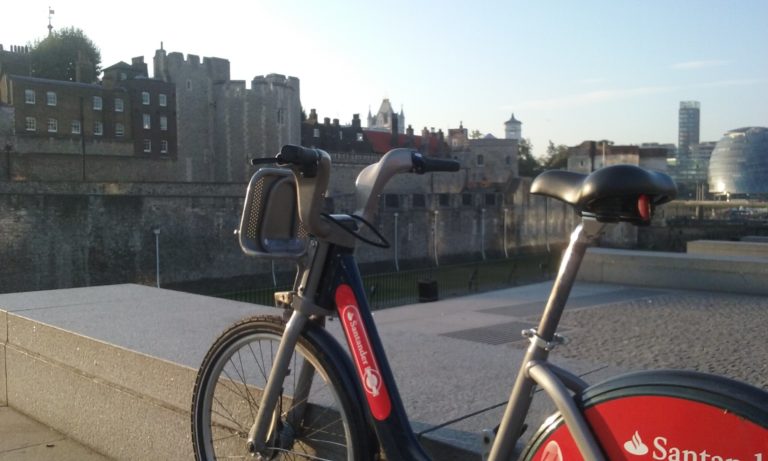The first in a series of blogs from London Sport’s Specialist Advisor – Physical Activity for Heath, Barry Kelly
Another month and another study is in the news which highlights the health benefits of walking and cycling from the daily commute. Last month it was the University of Glasgow five-year study of 250,000 UK commuters published in the BMJ which found a link between cycling and halving of the risk of cancer and heart disease. Walking was also shown to cut the risk of heart disease, for those walking more than six miles a week. This is all very good, but what are we going to do about it?
Later this year, the Mayor of London will launch a new strategy for London’s transport system, designed to prepare the capital for new and added pressure as the city’s population growth accelerates in the years to come.
Too frequently, when Londoners talk about transport, we think exclusively about the motorised systems that keep more than 10,000,000 people moving around the capital every single day. And it’s easy to understand why, when TfL (Transport for London) reports that between April 2014 and March 2015, more than 1.3 billion passenger journeys were made by tube, and nearly 2.4 billion passenger journeys were made by bus throughout London. Add in the 256 London Underground stations within Greater London, the 18 London Station Group railway terminals and the over 8000 vehicles that make up the capital’s bus fleet, it’s no surprise that we forget about the role of active travel in stitching the whole transport network together.
There is a real opportunity for the physical activity and sport sector to change this. With an estimated seven million journeys made every day in London by active travel – a number that has seen steady increases over the past decade – there is a clear need for active travel to play a role in planning for the future of the capital’s transport network. And the impetus isn’t just in the data, but in political capital as well, with the appointment of Will Norman as Walking and Cycling Commissioner for London – the city’s first such appointment – providing a figurehead to champion the role of active travel for the future of the capital.
Underpinning all of this is a wider ambition, shared by TfL and the Greater London Authority, to promote a Healthy Streets Approach designed to increase Londoners’ engagement with physical activity. This comes with significant resource too. TfL have brought together all of street spending into a new £2.1bn Healthy Streets portfolio to ensure that TfL direct all of streets investment towards delivering against the Healthy Streets Indicators. There is a clear opportunity for the sport sector to make its voice heard in the strategic approach to transport in London.
As the sector becomes more accustomed to the outcomes-focussed framework promoted in Government and Sport England strategies, we become more confident in a shared understanding that people’s engagement in physical activity does not happen in isolation. Get people more active in their everyday lives and then they are more likely to engage with more activity and, in turn, to experience the wider benefits of living more active lives.
For London Sport, we recognise that we have a role to play here. In the coming months, we will be working with stakeholders from across physical activity and sport to develop a shared response to the forthcoming transport strategy and to advocate for the importance of developing a system that encourages people to build activity into their daily lives safely and securely.
About the Author
Barry Kelly is London Sport’s Specialist Advisor – Physical Activity for Health.
[email protected]





